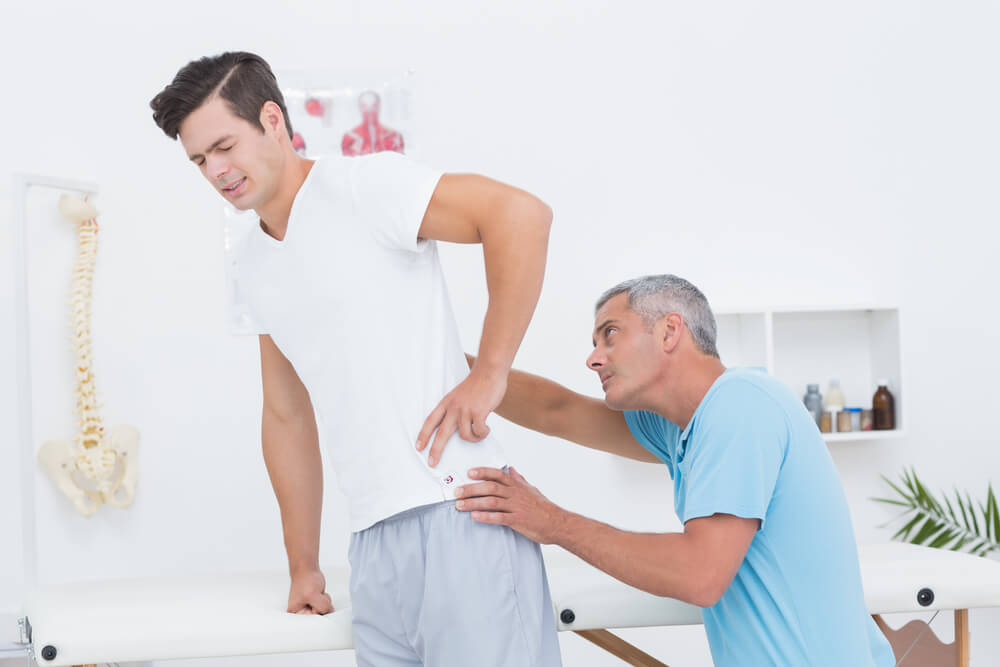Lower back pain is among the most common health concerns that Americans face. The spine is an incredibly complex structure with dozens of small bones, discs and nerves that work together to facilitate motion, and the lower portion of the spine (lumbar spine) is particularly susceptible to injuries and degenerative diseases. If you begin to notice lower back pain, don’t panic. There are several self-care measures you can try to help ease your pain and get you back on the move, including
- Temporarily avoiding high-impact activities, such as playing contact sports, lifting heavy objects and running
- Alternatively placing an ice pack and heating pad on the affected area to help reduce inflammation, numb pain and increase circulation
- Trying gentle stretching exercises, providing you feel comfortable, to help release tensed back and hamstring muscles
It’s important to note that you should immediately cease any activity that causes your symptoms to worsen. It’s also important to promptly consult with a physician if your symptoms do not improve in two days or if your pain is severe.
How physical therapy can ease lower back pain
A viable treatment option for your lower back pain may be physical therapy. Recognized as an effective way to reduce back pain by the Centers for Disease Control and Prevention (CDC), physical therapy aims to increase mobility, reduce discomfort and provide long-term symptom management through therapeutic exercises and passive modalities. Here is a brief overview of these approaches:
- Therapeutic exercise is a key component of physical therapy. While exercising with low back pain may seem counterintuitive, physical therapists recommend exercises that are strategic, gentle and designed to strengthen and stretch the muscles that support the spine. Gaining core muscle strength can also improve overall spinal health and reduce the risk of further injury.
- Passive modalities are non-surgical treatments that are used in physical therapy prior to or following exercise to help maximize results. When treating low back pain, physical therapists may use ultrasound therapy to increase blood flow with gentle heat produced by sound waves, or transcutaneous electrical nerve stimulation (TENS) to halt pain signals to the brain, among other conservative techniques.
Our approach to lower back pain treatment
Panther Physical Therapy helps patients with lower back pain related to disc injuries, sciatica, spinal stenosis, osteoarthritis and other problems overcome their symptoms and regain their quality of life. We treat patients like members of our family, taking the time to carefully listen to their needs, confirm the root of their pain and design physical therapy regimens that are tailored to their unique needs.
Our team has helped many patients successfully overcome their lower back pain without the need for potent drugs or invasive surgery, and we look forward to helping you do the same.
Contact Panther Physical Therapy today to learn more information about our approach to lower back pain treatment or to schedule an initial appointment.
